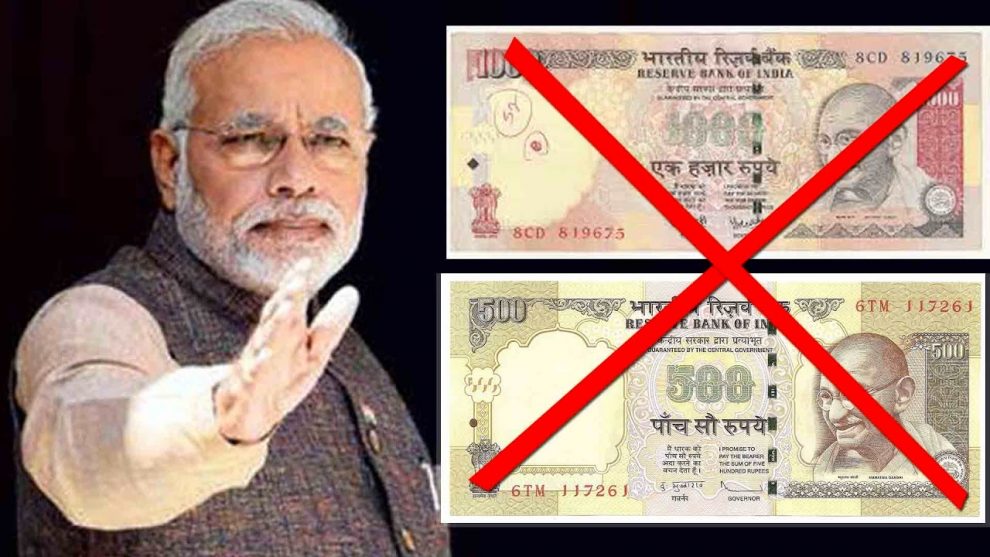In India, we’ve always wanted the best of education and healthcare from our schools while we’ve historically witnessed that the state has been unable to generate adequate resources to provide such goods and services. One reason behind this is that India is still developing and in this process of development, it needs to create adequate resources for the purpose of investment for further growth. Another reason is that even with the current levels of income, India historically witnessed the chronic problem of tax evasion, so the government failed to generate adequate resources to invest into critical sectors such as infrastructure, education and healthcare.
What this demonstrates is that the Indian public wants to avail the best of public goods and services however, when it comes to paying for it in taxes, it tends to avoid them as much as possible. The relatively low collection from direct taxes in itself presents the clear problem with the ability of the state to generate revenue as successive governments had often resorted to indirect taxation to meet their revenue needs. What’s problematic with the use of indirect taxes is their regressive nature. For instance, for a commodity that costs Rs. 1000, with a ten percent tax one would have to pay 1100Rs to purchase it where 100Rs is the indirect tax on the commodity.
The problem arises when the commodity is purchased by a rich person who earns 2 lakhs a month and a poor person who earns Rs. 2000 per month, both have to pay the same 100Rs as tax so as a total percentage of Income, the rich person pays less compared to the poor person. This shows how indirect taxes are regressive in nature which is why one must consider the need to generate resources through direct taxes rather than indirect ones.
In order to launch an assault on tax evasion, the government initiated many income disclosure schemes however, the tendency to evade taxes continued as there was no real penalty that was levied upon those who evaded taxes and the probability of getting caught was also less. Thus, there was a need to change the chronic behaviour of individuals whereby they preferred to evade taxes. Let us first explore whether the behaviour has changed or not.
|
DIRECT TAXES |
||||||||
|
FINANCIAL YEAR |
(i) Personal Income Tax |
% Increase |
(ii) Corporate Tax |
% Increase |
(iii) Other Direct Taxes |
% Increase |
Total Direct Taxes |
% Increase |
|
FY 14-15 & FY 15-16 |
553,409 |
39% |
882,153 |
19.72% |
2174 |
1133% |
1,437,736 |
27.84% |
|
FY 16-17 & FY 17-18 |
769,501 |
1,056,123 |
26827 |
1,852,451 |
||||
This data categorically demonstrates that there has been a shift in the behaviour of Indians post 2016 but the key thing to understand is what caused this sudden change in the behaviour. While most critics have often termed demonetization as a failure, I believe they’re giving far too little credit to the scheme as they’re heavily discounting the benefits while significantly jacking up the costs. Let me put it on record that virtually nobody can claim demonetization to be a pleasant or a convenient experience, it wasn’t and it definitely wasn’t a costless exercise. But the idea behind any policy intervention is to see whether the benefits outweigh and outlive the costs or not.
In that context, when we view demonetization as an exercise, it does appear that the benefits have outperformed the expectations and beyond that it does appear to be the case that initial assessment regarding the long-term nature of these benefits was spot-on.
With most people focusing upon costs due to political rhetoric and affiliations, when we look at the exercise objectively we find that increased tax compliance is substantial in terms of both, revenue collections and growth rate in revenue collections.
A direct consequence of this is that with direct tax compliance improving, India can now look at two critical things: using the newly found tax bounty to finance infrastructure development projects that have huge social benefits while also using some amount of it for the purpose of social sector spending such as health and education. Another interesting possibility would be a reduction in effective indirect taxation rates over the course of the next couple of years as more and more revenue realization takes place from direct taxes.
The benefits that we as citizens will invariably derive from this improved tax compliance are better delivery of goods and services such as health and education from the government- Ayushman Bharat is a step in that direction for health while I believe the government will also initiate something similar on education soon. Apart from this, we can also expect infrastructure upgrades across the country- something that the government has already been doing over the last four years but beyond that, what this means is that the government can speed up the process of India’s development, or my development and of yours. The biggest take-away is that with this improved tax compliance, over the course of next couple of years what we will witness is much more balanced and equitable growth. With the benefits of the disruption starting to show in tax compliance, I think it’s about time that we settle the debate and accept that it led to a positive structural change in the economy!
